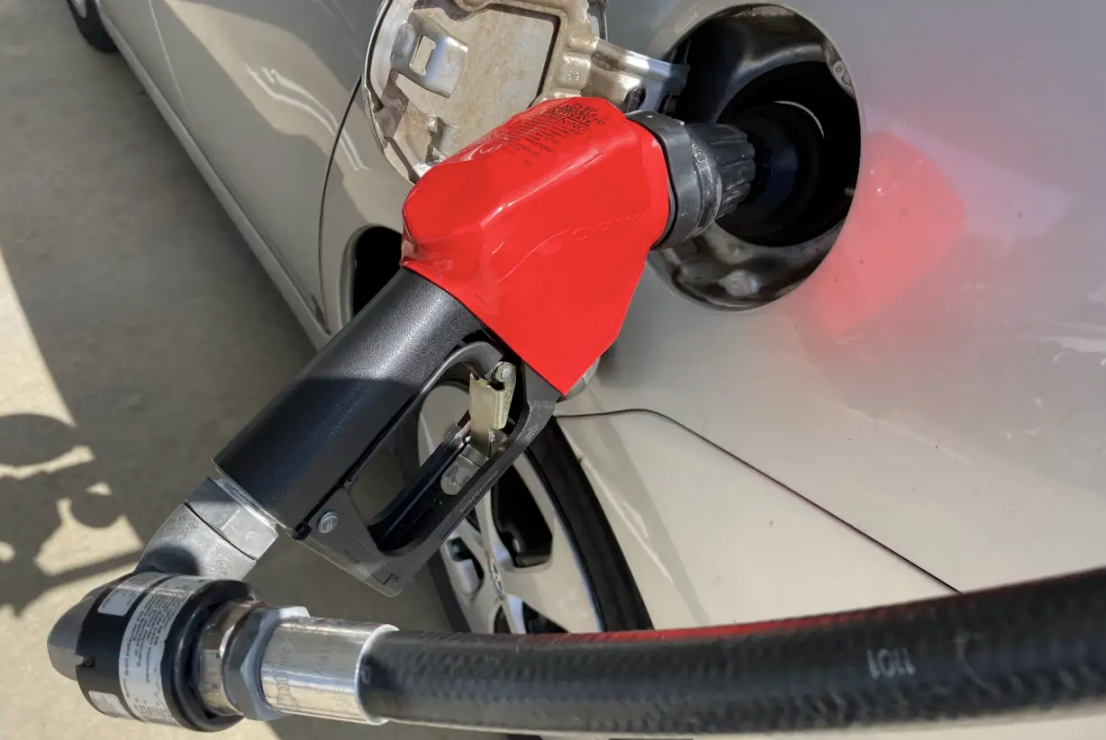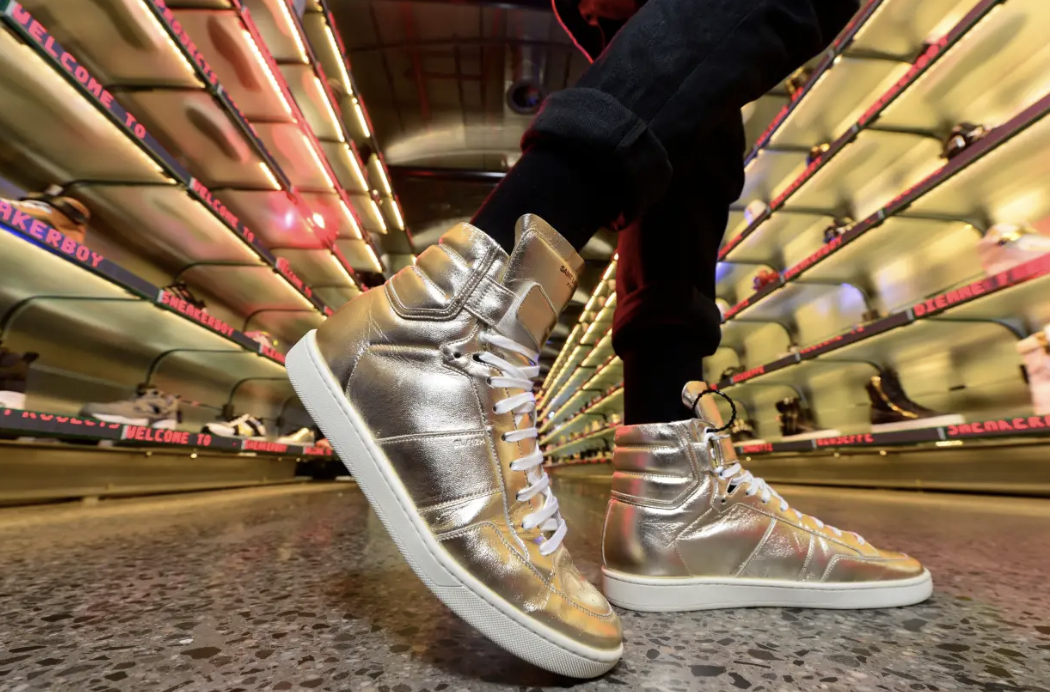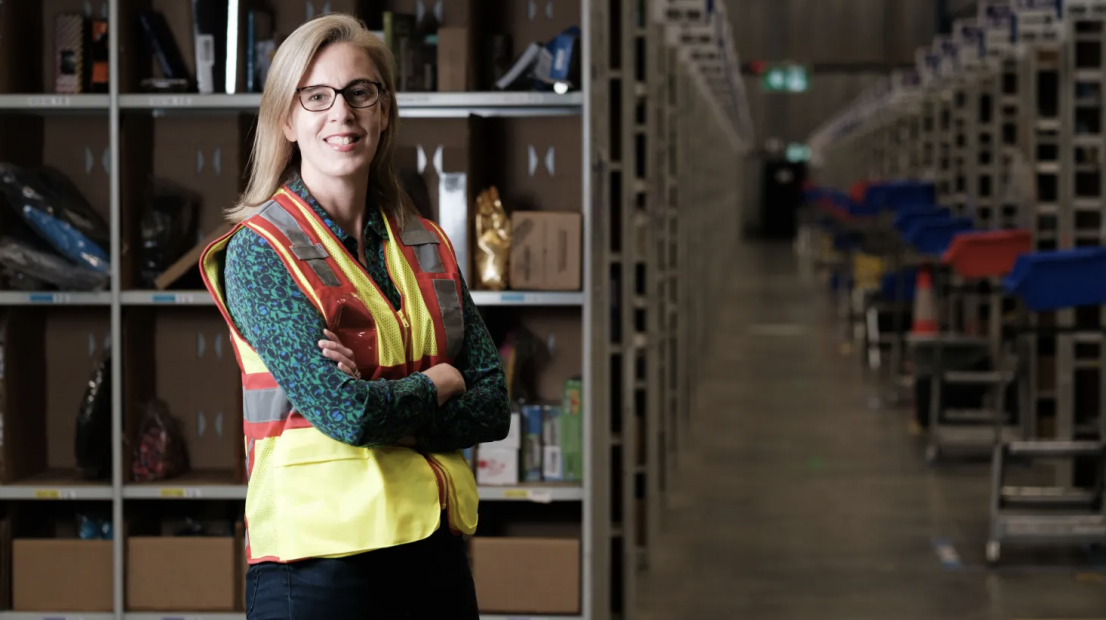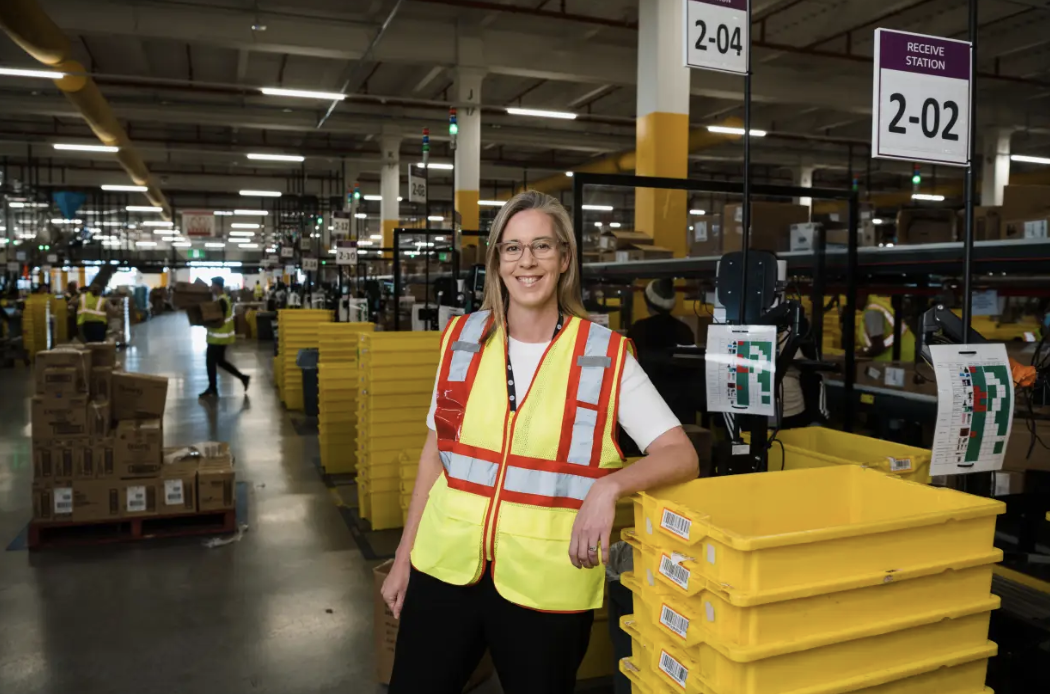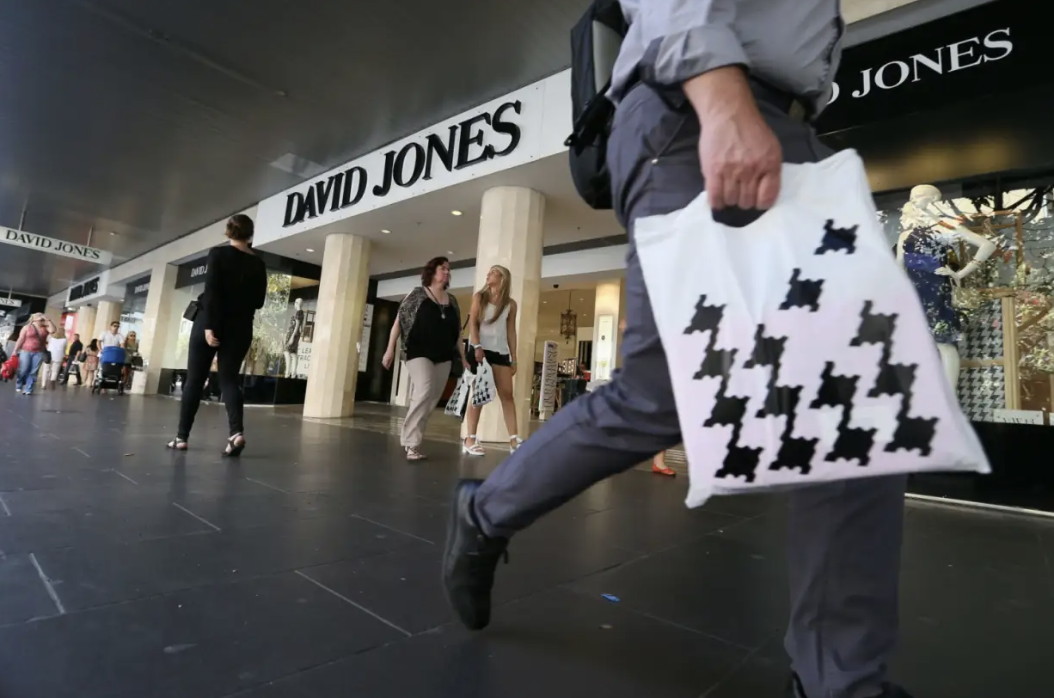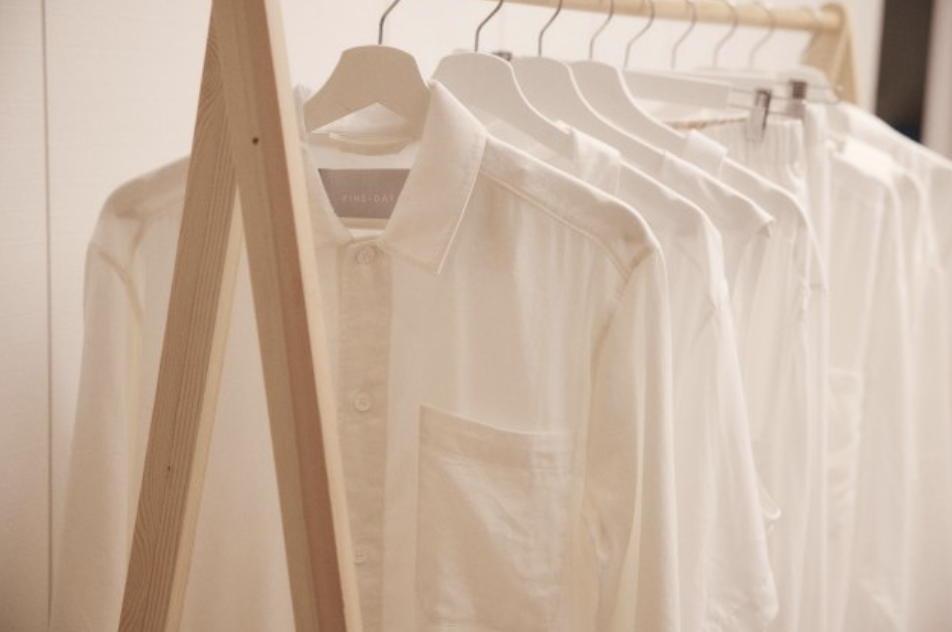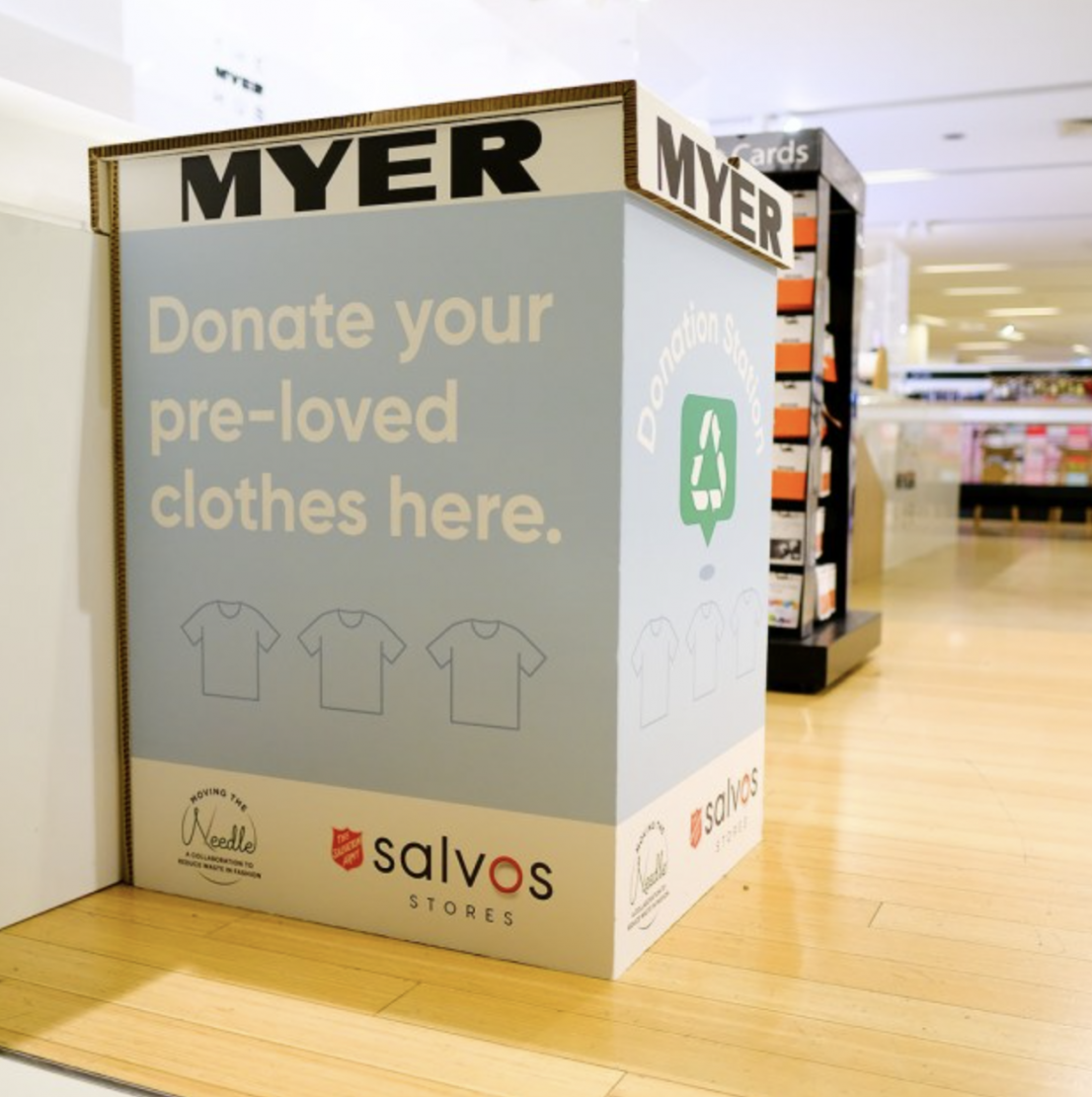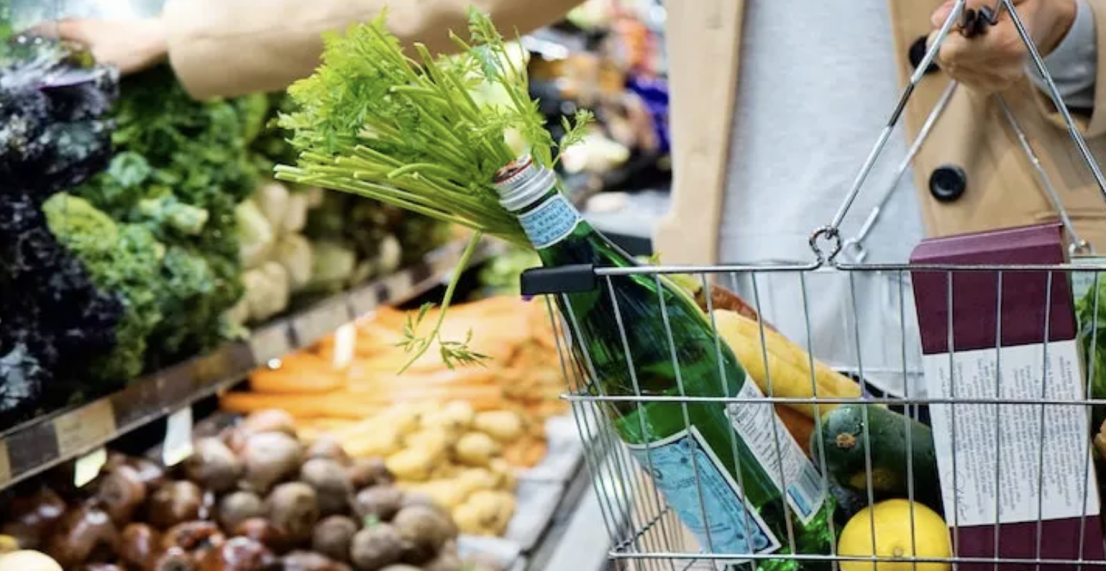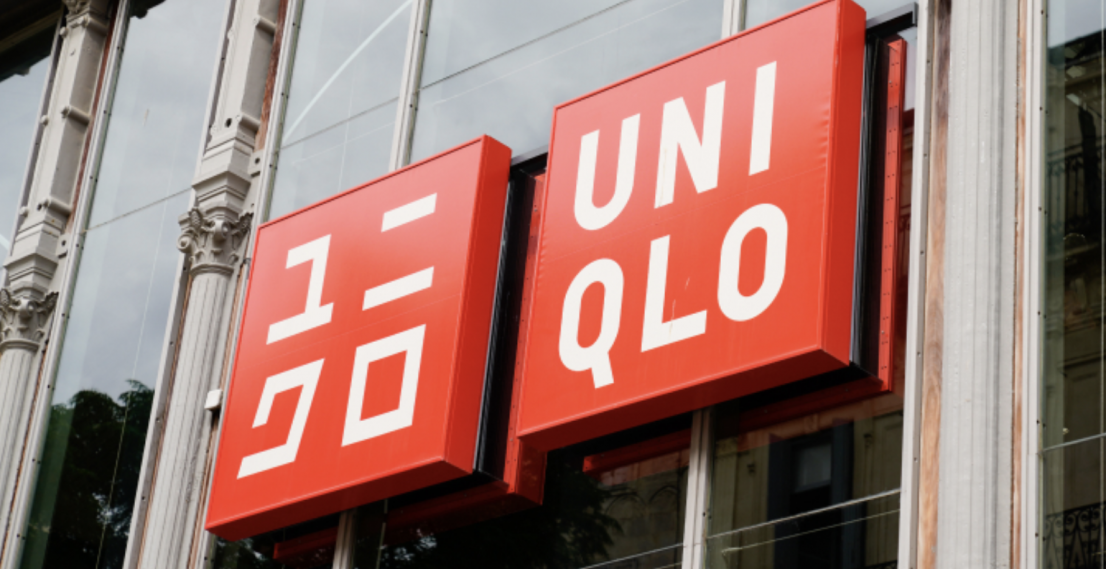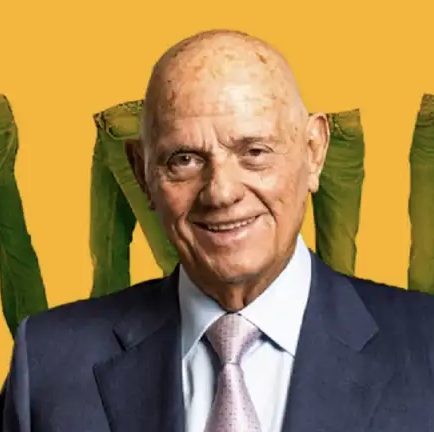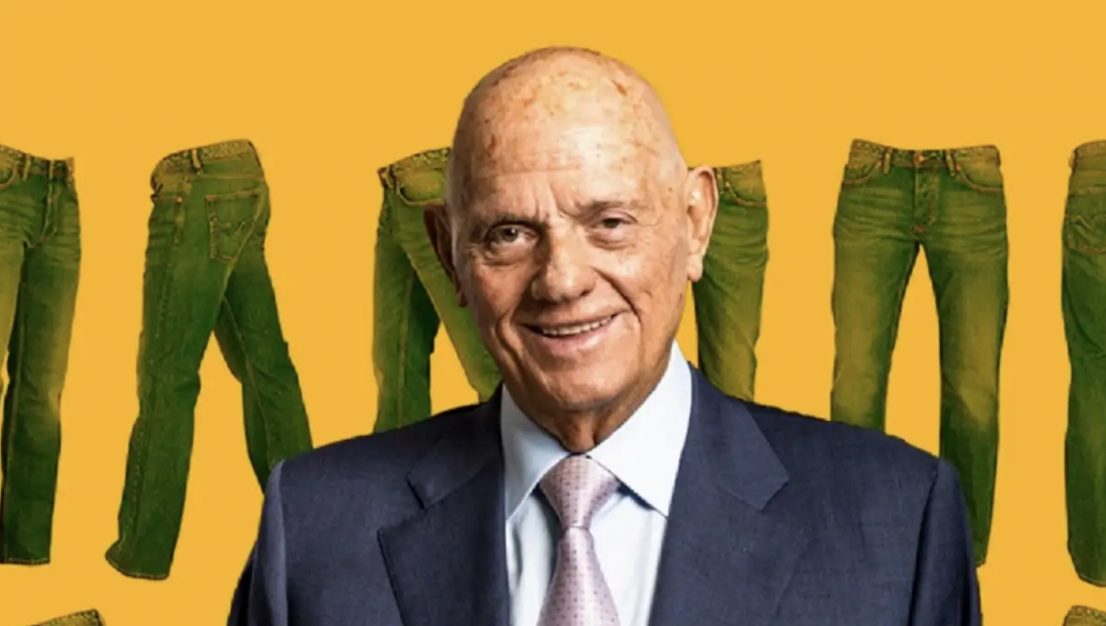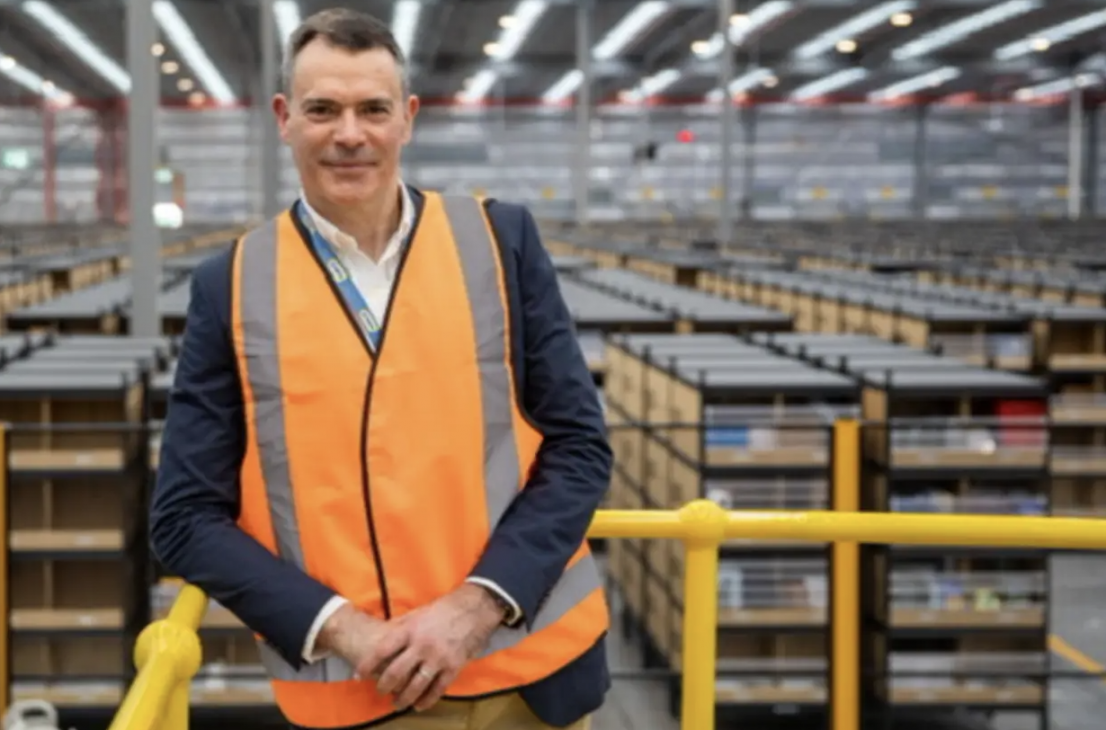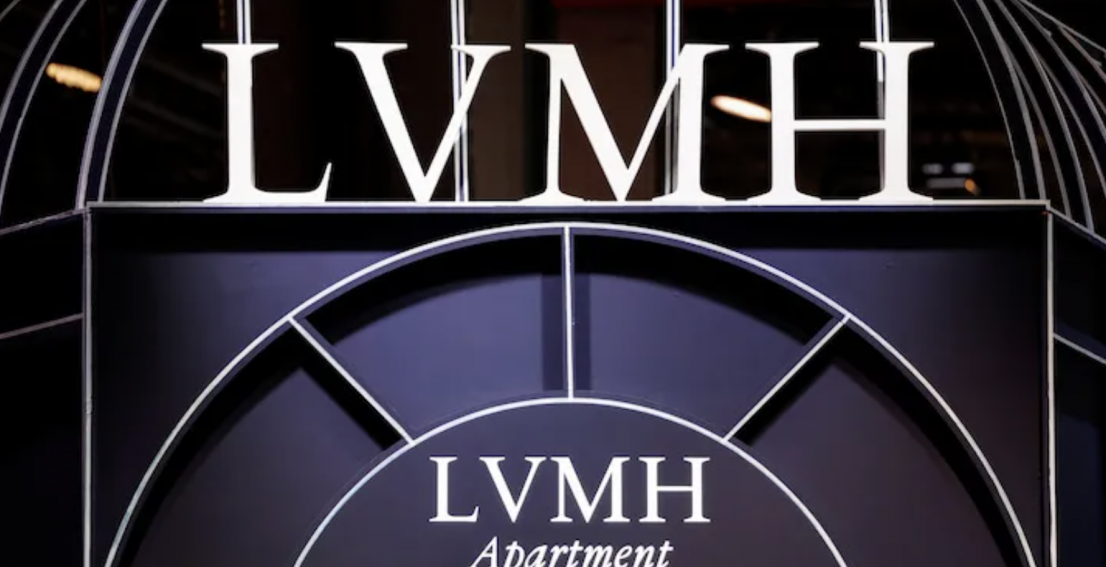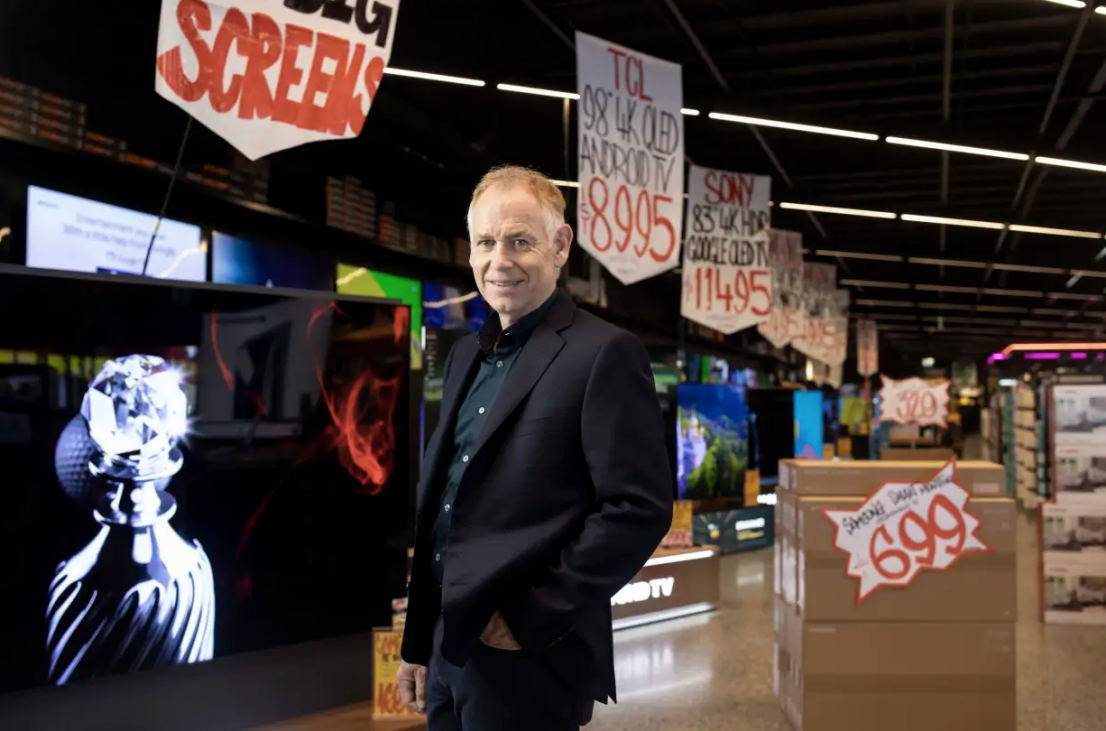
Ruslan Kogan’s eponymous online retailer has come a long way since it was founded in a garage in 2006, and the business has had its fair share of troubles along the way.
Known for its cheap electronics, Kogan experienced a boom during the pandemic, as shoppers flocked online to deck out their home offices with new monitors and laptops.
However, since then, the company’s share price has plunged due to ongoing issues with excess inventory levels and shipping delays. Investor sentiment has waned, with most analysts relatively pessimistic about its future.
Still, with Kogan’s share price in the ditch, are there some opportunities for investment?
How it started: Kogan’s origin story is classically startup: the business began out of Kogan’s parents’ garage in 2006, initially selling LCD televisions online that were assembled in Chinese factories for less than half the price similar models were being offered in bricks-and-mortar stores.
Early success saw the operation grow and expand its offering into other electronics – all sourced overseas at lower prices. By 2012, the business was reporting revenue of more than $100 million.
Ruslan Kogan made somewhat of a name for himself as an agitator, issuing bold bets and challenges to the likes of Harvey Norman founder Gerry Harvey and JB Hi-Fi boss Terry Smart.
In 2016, Kogan floated on the Australian Securities Exchange with an offer price of $1.80, giving the business a market capitalisation of about $150 million. It has also made a number of acquisitions, including Dick Smith, Matt Blatt, and New Zealand retailer Mighty Ape.
How it’s going: Today, Kogan’s market capitalisation is $323 million and its shares trade at about $3, a massive decrease in value since late 2020, when COVID-fuelled online spending helped its revenue and earnings soar and investors hoped the pandemic might entrench online shopping habits.
Several missteps and worse-than-expected trading performance have hammered Kogan shares. In early 2021, the business hinted at some growing pains, which were laid bare in May when the company said it would slice its earnings forecasts after buying too much inventory.
Kogan profit for the 2021-22 financial year plummeted 86 per cent and the company axed its dividend payout.
The company also drew shareholder ire at its annual meeting for poor performance and perceived mismanagement, with investors also protesting a generous share grant to Ruslan Kogan and David Shafer in the year prior.
Industry: Online retail.
Main products: Electronics, household goods.
Key figures: Chief executive Ruslan Kogan, chief financial officer David Shafer.
The bull case: With Kogan’s share price just a few dollars above its 2016 initial public offering price, much of the bull case stems from hope it may be able to again reach the levels of performance it was reporting through the pandemic.
Barrenjoey analyst Tom Kierath told clients in a research note in June that Kogan may be able to turn a corner if consumer conditions improve at a better-than-expected rate, and overall online penetration in the market exceeds forecasts.
It is possible Kogan may also be able to improve its standing through some “strategically compelling” acquisitions, Kierath says. The company has been fairly active in the mergers and acquisitions space, most recently acquiring NZ retailer Mighty Ape.
The company’s recently launched marketplace – where third-party sellers can offer their goods on the Kogan website – could also deliver higher sales and profits, with UBS analysts giving the company a 12-month share price target of $6 under this scenario.
A downbeat economy could also see more shoppers opt for cheaper goods, which Kogan sells through its private-label range, which makes up about half its profit.
The bear case: Many analysts remaining pessimistic about the company following its half-year results in February.
Primary among their concerns are the company’s continued high levels of inventory, an issue it has been wrestling since May last year.
UBS analyst Tim Piper told clients last month the company was still carrying “significant levels” of excess inventory.
“We forecast Kogan’s gross margins to remain somewhat compressed in the near term while this is cleared, while this additional inventory should also drive an elevated warehousing expense,” Piper said. Kierath notes Kogan’s inventory levels are still about $30 million higher than they should be.
Investors are also concerned over the weak consumer environment as inflation continues to rise. Data out this week from major banks CBA and NAB shows spending on discretionary items, including Kogan’s key lines such as household products and electronics, has begun to fall.
Finally, the uptick in online spending during the pandemic has been both a blessing and a curse for Kogan, as other retailers are now pouring more resources into the channel, further increasing competition.
A clear example is Woolworths’ recent $250 million acquisition of MyDeal, a close Kogan competitor. This, alongside Wesfarmers’ Catch, means there are now numerous well-funded competitors in the market.
“This, coupled with increased investment by omni-channel peers and continued investment by Amazon will result in a permanent step-change in customer acquisition costs and competitive intensity, reducing Kogan’s long-term earnings power,” Kierath says.



